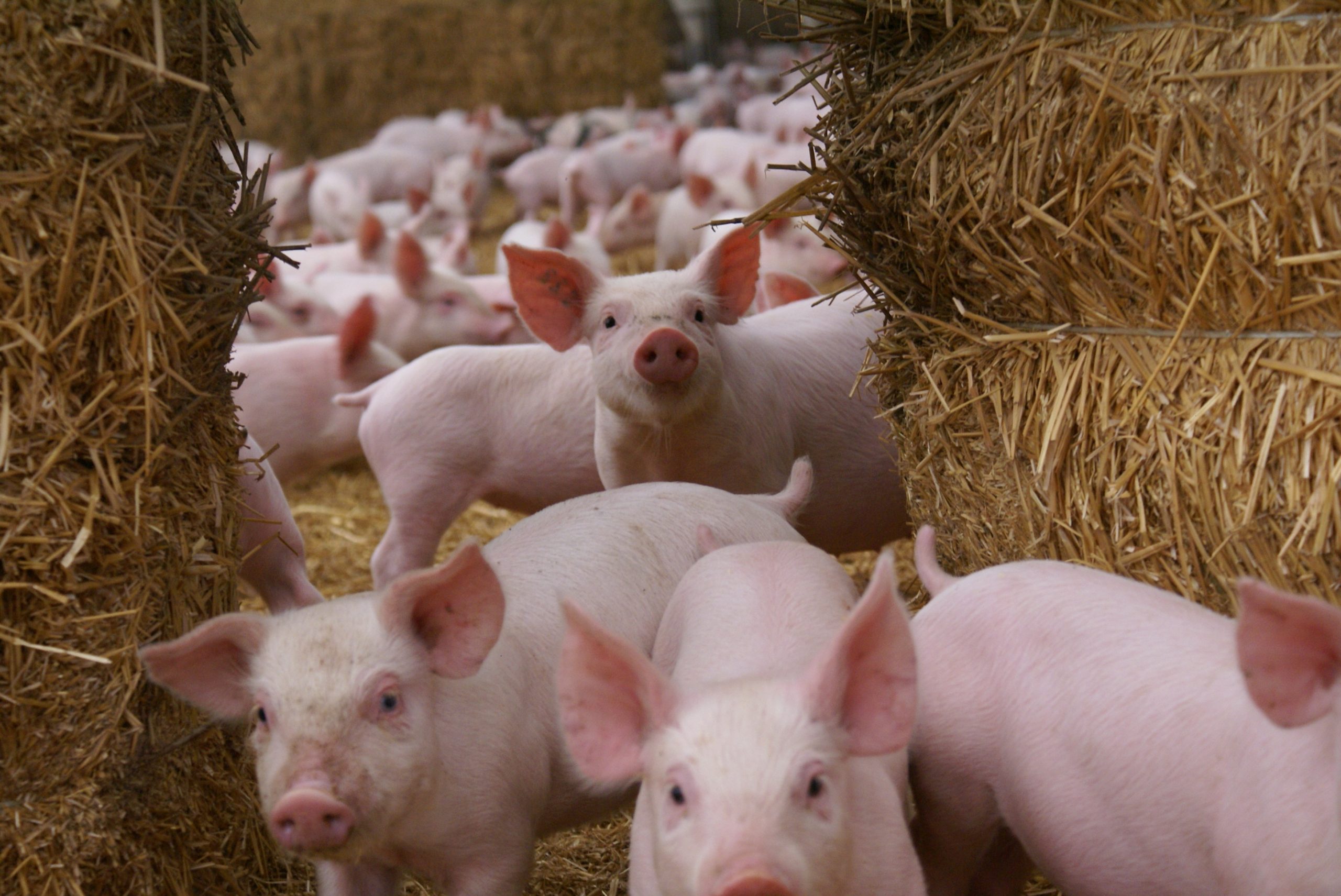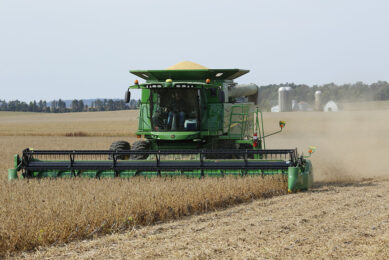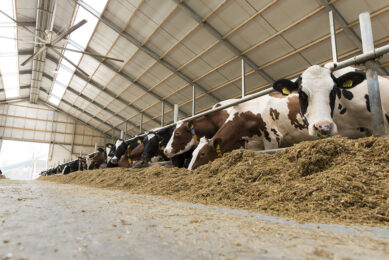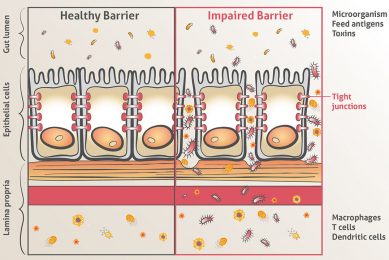Europe addresses the further reduction of antibiotics

Experts from the European Food Safety Authority (EFSA) and the European Medicines Agency (EMA) have reviewed the measures taken in the European Union (EU) to reduce antimicrobials use in animals and stress that there is no one-size-fits-all solution.
However, reducing the use of antimicrobials and finding alternatives is not enough. “There is a need to re-think the livestock system by implementing farming practices that prevent the introduction and spread of the disease into farms and by considering alternative farming systems which are viable with reduced use of antimicrobials. Education and awareness of AMR should be addressed to all levels of society but in particular to veterinarians and farmers,” according to the experts.
The experts concluded that it is reasonable to assume that reducing antimicrobial use in food-producing animals would result in a general decrease in antimicrobial resistance in the bacteria that they carry and the food products derived from them. However, they could not quantify the impact of single reduction measures or alternatives to antimicrobials on levels of antimicrobial resistance in food-producing animals and food due to lack of data.
Next steps
In February 2017, EFSA and the European Centre for Disease Prevention and Control (ECDC) will publish their annual report on the levels of antimicrobial resistance in food, animals and humans across the EU. EFSA, EMA and ECDC are also working on a report that assesses the link between consumption of antimicrobials and development of resistance in bacteria found in animals and humans – due to be published at the end of July 2017. By the end of 2017, the three agencies will propose a list of indicators enabling risk managers to monitor the reduction of antimicrobial resistance and the use of antimicrobials in humans, food-producing animals and food.
Source: EFSA











